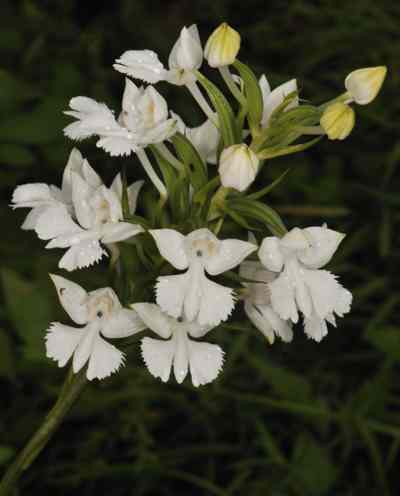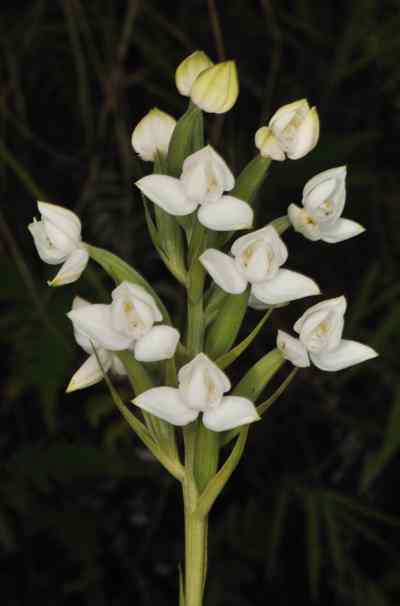Epiphyte. A very small plant with thread like branching rhizome and small globular to ovoid smooth pseudo-bulbs attached about 2 to 3 cm apart. Leaf solitary, narrowly oblong, sub-acute, narrowed to the sessile base, leaf less during flowering, and as long as 4 to 6 cm and less than 1 cm in breadth. Scape filiform, about 7 to 10 cm long, its peduncle sub-erect, longer than the raceme, with a couple of minute bracteoles. Raceme inclined, with 4 to 6 distantly arranged pale yellow coloured flowers. Sepals spreading, sub-acute, the dorsal ovate; the lateral pair longer, oblong-lanceolate, three nerved. Petals shorter than the sepals, acute. Lip stipitate, deflexed from the base, oblong, obtuse, the basal half grooved.

The Pursuit
This species got a lot of biological attention as a century ago. Wallichi’s drawing from a specimen from Nepal; other specimens collected from Dehradun; specimens collected by Lister and J.D.Hooker’s descriptions showing variations. However, Pantling got a few specimens from Sikkim-Himalayas and he made the drawings for the monumental publication. As the referral book got an excellent drawing of a specimen from Sikkim-Himalayas, I put extra efforts to find it from the region again. This is a very small plant and leaf less during flowering season makes it very difficult to spot it. However, the mention of the month of its blooming helped me to track it down. I was in search of a variety of Dendrobium nobile Lindl from the Teesta valley at a very low altitude in the summer months. I got a bunch of almost dried orchid bulbs attached to a thin rhizome from a broken trunk of a fallen tree. The branched rhizome and small globular pseudo-bulbs prompted me to pull out my referral books to cross check it. While cross checking, I zeroed on Bulbophyllum polyrhizum Lindl. Next day, again went to that region with another friend, a nice tree climber, and climbed up most of the trees of that region. Finally in the afternoon, we found this rare species, with all its leaves shed and in buds. Cross checked again and again with Pantling’s drawings to make sure that it is what we were searching for. Finally, after 6 days of waiting and repeatedly climbing the tree every day, those buds bloomed to put the final seal on its identity.








